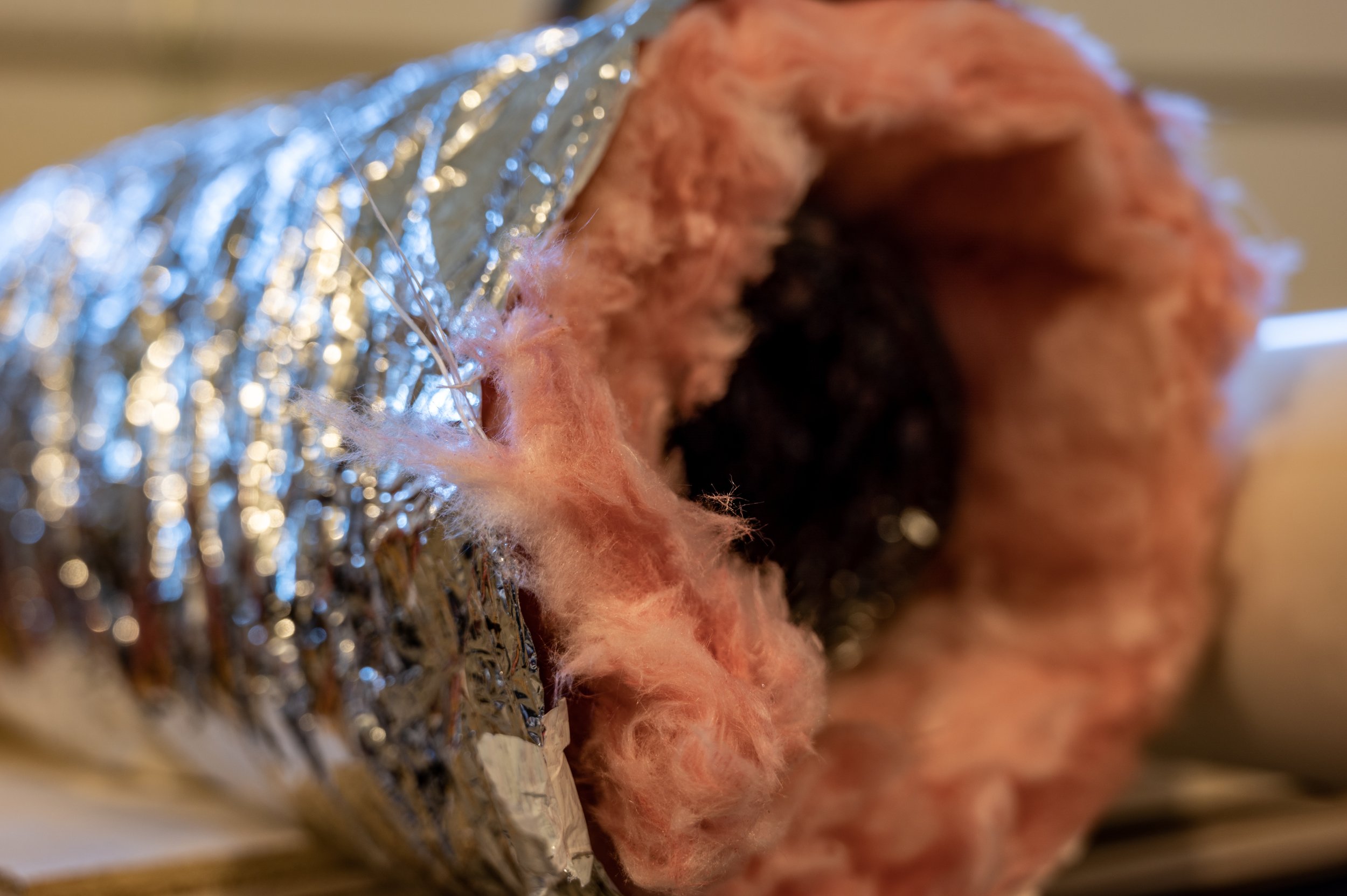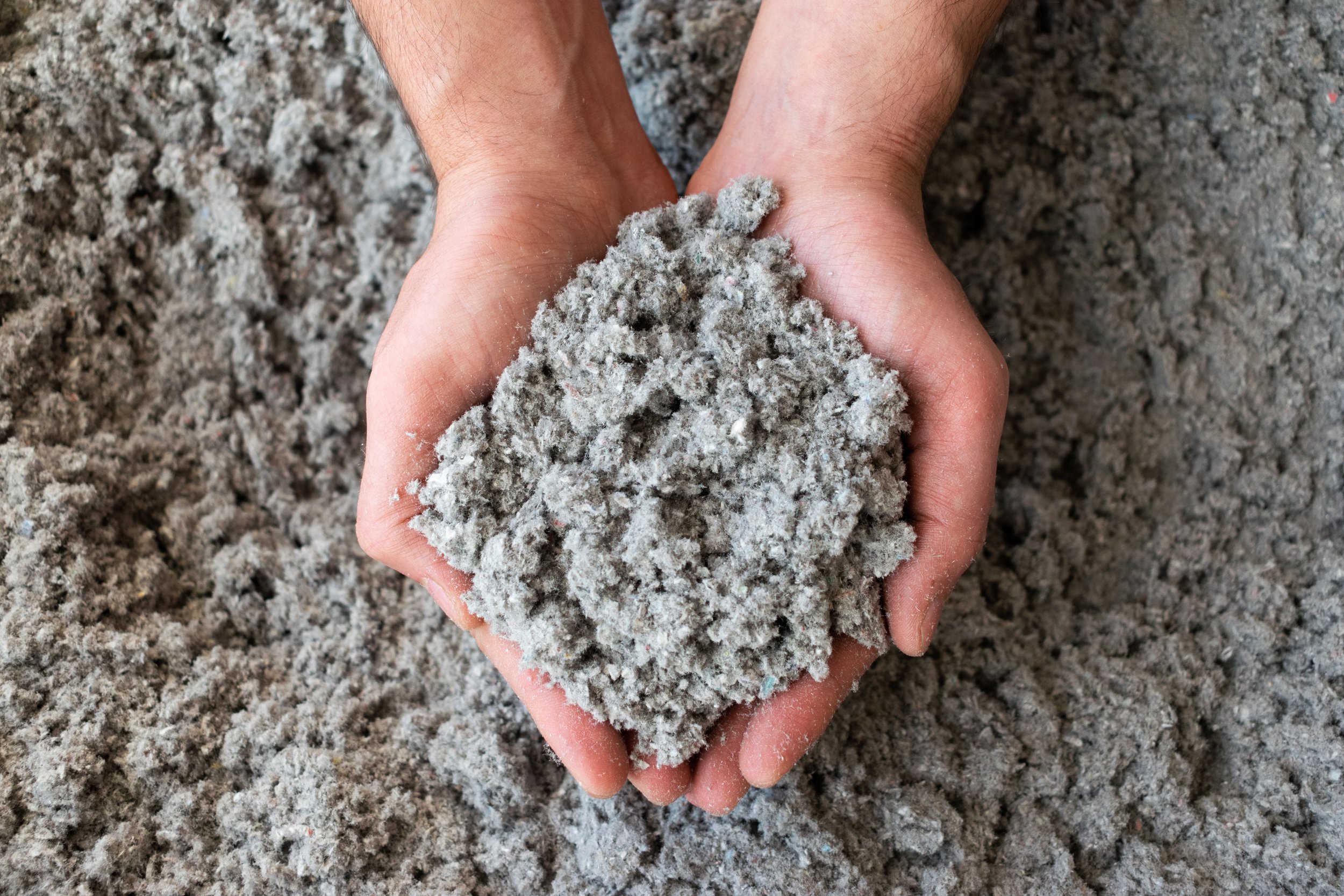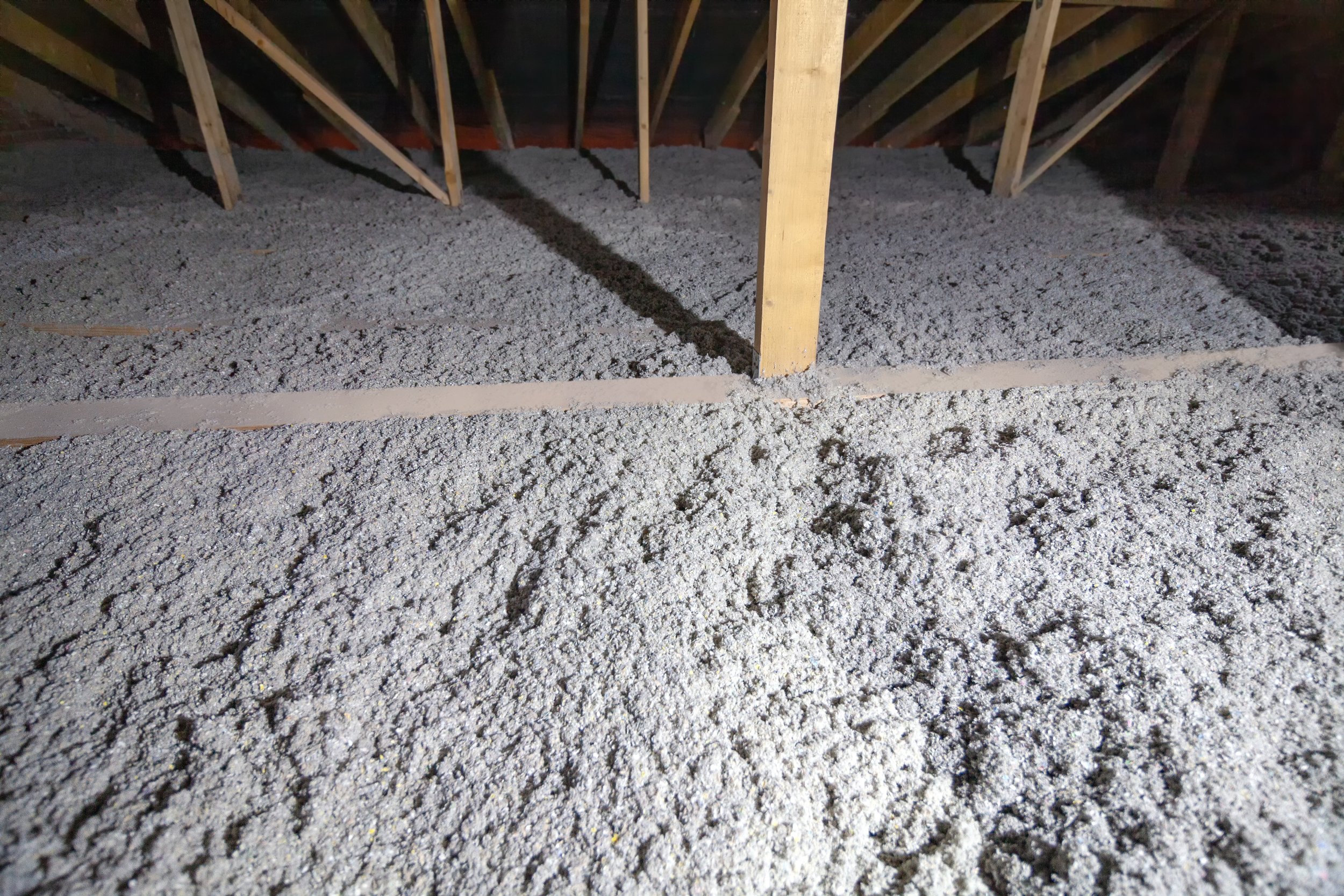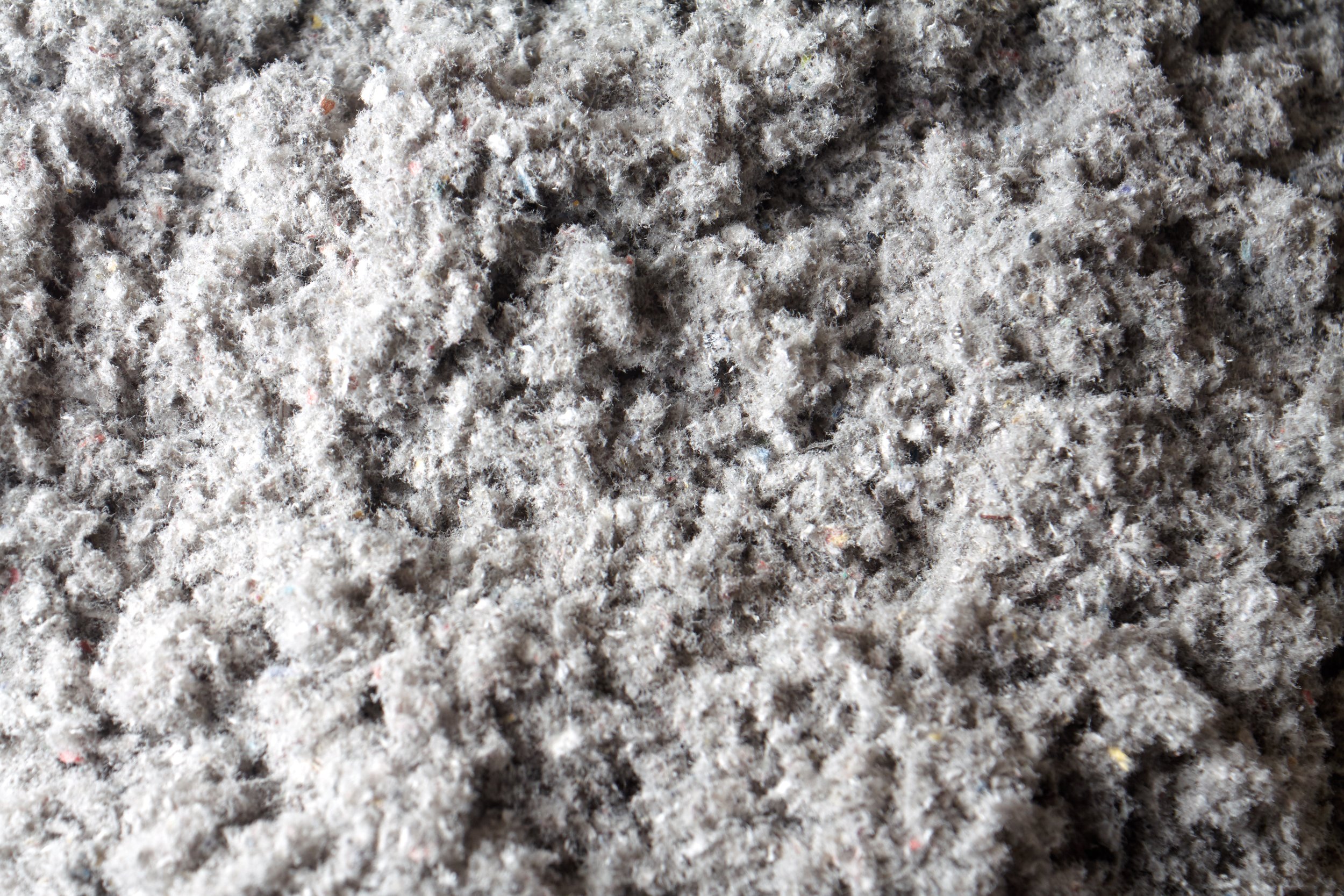
Ductwork & Insulation
Our Technicians are here to help.

Ductwork
Proper Ductwork is essential!
-
Why do I need to worry about ductwork?
Ductwork is one of the most overlooked and forgotten about components of the HVAC system.
However, air ducts are one of the most important systems in any building as they carry cool or warm air throughout the building, ensuring comfort year-round. However, if ducts are poorly installed or maintained, they are contributing to higher energy bills year round.
Improperly sized ductwork can not only drastically shorten the life of your HVAC system investment but also contribute to many service repairs bills for failing components. Undersized ductwork puts tremendous pressure on your HVAC system to keep up with demands, while on the other hand oversized ductwork is exhaustive to a system that can simply not keep up with heat or cooling demands to keep you in the comfort zone.
If undersized: Imagine trying to put out a fire with a garden hose the size of a straw!
If oversized: Imagine trying to air condition or heat your house with all the doors and windows open!
Proper ductwork can help your system run more efficiently, save you money, and is a very important part of your HVAC system for indoor air quality as well.
-
Should I clean or treat my ductwork?
Short answer is NO!
“No products are currently registered by EPA as biocides for use on fiberglass duct board or fiberglass lined ducts so it is important to determine if sections of your system contain these materials before permitting the application of any biocide.”
-From the EPA.gov website
“What is the position of the National Air Duct Cleaners Association (NADCA) regarding the use of chemicals in ductwork?
NADCA does not recommend the use of chemicals within ductwork unless there is a specific need.”
-From the NADCA.com (National Air Duct Cleaners Association) website
-
Is sanitizing ductwork legal?
NO again!
The EPA has not registered any products for sanitizing or disinfecting ductwork. Further, no fungicides are registered for use in ductwork. IT IS A VIOLATION OF FEDERAL LAW TO USE A PRODUCT IN A MANNER INCONSISTENT WITH ITS LABELING. For antimicrobials, this law is the Federal Insecticide, Fungicide, and Rodenticide Act (FIFRA). Therefore, any claims of sanitizing or disinfecting ductwork would require the use of a product in a manner inconsistent with its labeling, which is a violation of FIFRA. Violations of FIFRA can result in fines and criminal penalties from the EPA.
-
What does NADCA recommend for cleaning heating, ventilation and air conditioning (HVAC) systems?
NADCA recommends “source removal” as the best method for cleaning HVAC systems.
For best results, the entire HVAC system should be cleaned, including coils, blowers, and other cleanable components of the system. These components, which are exposed to the air stream, become contaminated with dust and other unwanted materials, and should be cleaned as warranted. Readers are encouraged to review NADCA’s ACR Standard for Assessment, Cleaning & Restoration of HVAC Systems, for information regarding best practices related to cleaning and restoring those systems.
Since you can not clean fiberglass ductwork, this brings us back to the fact NADCA recommends “source removal”. In simple terms, that implies removal of contaminated fiberglass ductwork and replacing it with brand new fiberglass ductwork.
-
When is a chemical application acceptable?
On certain “non fiberglass” components in other parts of the HVAC systems.
The application of chemicals in an air conveyance system is acceptable only when the product is legally approved for the application for which it will be used. At this time, the EPA has not accepted any disinfectant, sanitizer or fungicidal products for use in the ductwork of HVAC systems. However, some of these products are registered and accepted by the EPA for use on certain components in other parts of HVAC systems.”

It must be mentioned…
…that most homes in the south use fiberglass ductwork instead of bare sheet metal ductwork.
If you have fiberglass ductwork…
…there is no EPA certified cleaning system or biochemical sprays that have gotten their stamp of approval. Unfortunately, there are a ton of gimmick solutions in our industry. The only genuine solution is to repair or replace ductwork that is no longer viable for the HVAC systems’ efficiency and the indoor air quality.

If you would like a free estimate - from ductwork to unit replacement - turn to the Comfort Specialist’s at Quincy’s Heating & Air Conditioning
From our family to yours we are ready to help you through every step of your HVAC system!

Insulation
Properly installed insulation makes it less expensive to keep your home in the comfort zone!
-
Save Money and Energy
Air that leaks through your home’s envelope − the outer walls, windows, doors, and other openings − wastes a lot of energy and increases your utility costs. A well-sealed envelope, coupled with the right amount of insulation, can make a real difference on your utility bills. EPA estimates that homeowners can save an average of 15% on heating and cooling costs (or an average of 11% on total energy costs) by air sealing their homes and adding insulation in attics, floors over crawl spaces and basements.
-
Increase Comfort
Insulation helps keep your home warm in the winter and cool in the summer. When correctly installed, insulation can deliver comfort and savings, especially during the hottest and coldest times of the year. Sealing leaks and adding insulation can improve the overall comfort of your home and help to fix many of these common problems:
- Reduced noise from outside
- Less pollen, dust and insects (or pests) entering your home
- Better humidity control
- Correct hot & cold spots in the house
In fact, if you added up all the leaks, holes and gaps in a typical home’s envelope, it would be the equivalent of having a window open every day of the year!
-
90% Benefit Potential
Most homes in the United States don’t have enough insulation and have significant air leaks. Did you know that 9 out of 10 homes in the U.S. are under-insulated? Sealing air leaks around your home and adding insulation are two of the most cost-effective ways to improve energy efficiency and comfort in your home. By tackling both projects, you can maximize your comfort and save up to 10% on your annual energy bills.
Weather
The Panhandle weather has very hot and humid summers & very cold, even below freezing winters!
Having sufficient Attic Insulation keeps heat out in Summer and Keeps heat in during the winter

Blown in Attic Insulation
Blown-in insulation fills every nook and cranny of the attic and creates an extra fluffy layer of effective insulation. It is a convenient and affordable choice that can be blown in over existing insulation or in between walls and ceiling joists without disturbing structures. Loose-fill cellulose can be blown on your attic floor, between walls, or other spaces that may require insulation. Blown-in insulation can easily cover large areas and will fill in areas with tight spaces and angles. Quincy’s can install blown-in insulation for residential, commercial, retrofits, and custom new build construction.
-
But my home has insulation already?
Did you know that time can settle insulation and decrease your insulations’ R-value which reduces the insulation’s efficiency and can contribute to hot and cold spots in a building. While at the same time it is increasing your energy costs!
Since many homes in the south have no basements most service companies have to utilize your attic space for services such as installing cable lines, security wiring, cleaning flu pipes, etc. These activities compress and move around insulation thus reducing your insulation’s R-value again.
Also with the fact many homeowners store different “storables” in attics and, while that is not typically a problem, it does tend to stir around and change the current insulation levels.
-
Does your current insulation need to be removed?
As long as it’s not contaminated &/or damaged, no it does not need to be removed. We can blow in the cellulose directly over it.
-
Can my current insulation be removed?
Yes, of course!
Some people prefer to have their old insulation removed, especially the older fiberglass types. Studies have showed the older fiberglass insulation lost its R-value more significantly dues to its consistency.

Blown in Cellulose is the only material Quincys uses
Here’s our reason why:
Cellulose consists of fibers made from recycled newspaper, cardboard, or wood and is made with or without binders. Cellulose is a very common type of blown-in insulation as it is made from recycled materials and can be chemically treated to resist pests, mold, and fire. Boric acid is the primary chemical used to treat Cellulose insulation and is found naturally in seawater, fruits, and plants.
Based on our experience and research we want to offer the best products at the best prices for our customers. This is why we choose not to use fiberglass.
Fiberglass has a lower R value per square inch than cellulose making it less effective and more expensive.
Fiberglass is also less safe than cellulose.






